Chmod Command Examples In Linux
Like many other Linux commands, chmod has a recursive argument, -R, which allows you to operate on a directory and its contents.

Chmod command examples in linux. If you want to check chmod command version then you need to use chmod --version command as shown below. Chmod command is used to change access permission of files and directories in Linux operating systems.chmod stands for change mode.Access permissions specify whether a user account or group can read, write, or execute a given file and directory. Using the “=” operator means we wipe out any existing permissions and then set the ones specified.
In this tutorial, we will discuss the basics of this command as well as provide examples explaining how it can be used in various scenarios. -r--rw-r-- mik mik assgn1_client.c Before :. The command is relatively simple to use and involves using.
Deny execute permission to everyone. The first digit is for user permissions, second is for group and third is for others permission. Basic “chmod” Command examples in Linux.
The chmod command in Linux/Unix is abbreviated as CHange MODe. For example, this command will find files that have open write permissions, and set them to read-only:. Chmod Recursive # The chmod command allows you to change the permissions of files using symbolic or numeric mode.
Sftp performs all operations over an encrypted ssh session. Unix/Linux chmod command examples to Change File Permissions. Below are some examples of how to use the chmod command in symbolic mode:.
The Linux command to change permissions on a file or directory is chmod, which we like to read as change file mode. 16 Echo Command Examples in Linux 1) Display a simple message on the terminal. Remove the execute permission for all users:.
It can not change the permission of symbolic links. You can also use chmod as the -exec option for find, which lets you change file permissions throughout the system. Chmod stands for “Change Mode” and is used to modify the permissions of files and directories in a Linux based system.
To print a line of text with double quotes with echo command,. The command chmod a+rwx is equivalent to chmod ugo+rwx. Learn how chmod command is used to manage Linux permission levels (user, group and other) and types (read, write and execute) step by step with practical examples.
Let us take an example where a file test_file.txt has full permission to the owner, group and other. Chmod Command using Operator Method. Chmod has two operating modes:.
Let’s change the assgn1_client.c permission so that the owner cannot write(w) in the file but can only read it. This type of restriction is useful for effective file/folder management, securing system and providing a level …. In this article, you will learn how to change permissions of any file or directory with chmod command.
Now, let us see how chmod command can be used to change the access mode of a file. Chmod octal value file-name. Change the permissions for the owner of example.jpg so that the owner may read and write the file.
Chmod command in Linux is used to change or assign permissions on files and directories. Example chmod 751 tech chmod u=rwx, g=rx, o=x tech chmod =r tech * Please note that there are many flavors of UNIX, so if in doubt, consult your man pages. As you can see from below output current chmod version is 8.22.
A step-by-step guide with Video Tutorials, Commands, Screenshots, Questions, Discussion forums on chmod Command in Linux with Examples | LinuxHelp | chmod command means change mode.chmod is used to alter the permission of files and folders. By using this command, we can set the read, write, and execute permissions for all three of the permission groups (Owner, Group and Other) in Linux. Creating a Bash File.
Leave other privileges untouched. In such cases, the chmod recursive option (-R or --recursive) sets the permission for a directory (and the files it contains). Go into a folder, and run the ls -al command.
To recursively operate on all files and directories under a given directory, use the chmod command with the -R, (--recursive) option. Chmod special modes Setuid and setgid. In a previous article, we looked at how to manage file & directory ownership using the chown command.
There are four basic ways to use sftp, and the command syntax for each is listed here.(For more information about each option and its possible values, see the Options section, below). To change permission using the Linux chmod command we have to follow some syntax and rules. Mykyta Dolmatov / Getty Images.
For Example, if you want to give Read & Write permission to User/Owner and Read permission to Group & Others using Alphabetical way then the command would be:. We have already described the Linux file permissions. Read, write and execute:.
This tutorial explains chmod command symbolic notation (r, w, x, a) and octal notation (0, 1, 2, 4) in detail with chmod command arguments and options. It is common to use the basic chmod command to change the permission of a single file. Actually, chmod Command in Linux plays a greater role to keep all the files and directories of the system safe and secure so that no unauthorized person.
$ chmod a+r sample.txt Make a file readable and writable by the group and others. Chmod u=r assgn1_client.c AFTER:. Even, it ignores the symbolic links come across recursive directory traversal.
The syntax and the usage of scp command is similar to the cp command and you’ll see it shortly in these scp command examples. File/Directory permission is either Read or Write or executable for either user or group or others. If you need to list a file's permissions, use the ls command.
After that, you will be able to run it without using the sh or bash commands. Chmod command in Linux with examples;. $ chmod 777 sample.sh.
Using chmod command is very easy if you know what permissions you have to set on a file. 4) Display a line of text consisting of a. On a particular directory if you have multiple sub-directories and files, the following command will assign execute permission only to all the sub-directories in the current directory (not the files in the current directory).
Chmod command or “change mode command”, and as that name implies, the chmod command is used to change the mode of Unix/Linux files.In other words its used to define the way a file can be accessed. $ chmod u+x samplescript.sh. The chmod also called change mode that is used to change permissions of a given file according to a certain mode.
$ chmod go+rw sample.txt Make a shell script executable by the user/owner. Scp <options> source_path destination_path. Chown command in Linux with Examples;.
Chmod -R o-w dirname. To check the options that are available in chmod, we can do by using Linux command:. $ chmod a-x sample.txt Allow read permission to everyone.
The chown command stands for “change owner” is used to change the owner. In this tutorial, we look at the chmod. In Linux / Unix systems, accessibility to files and directories is determined by file ownership and permissions.
It uses many of the features of ssh, such as public key authentication and data compression. The chmod command in Linux is used to change file and directory permissions using either text (symbolic) or numeric (octal) notation. Linux file permission is a very important aspects in terms of security issues for the system administrator of Linux Operating System.
It is dangerous to operate recursively on '/' chmod:. One example is chmod u=rwx,go=rx,o+t. Use --no-preserve-root to override this failsafe Linux Permissions Syntax.
In Unix and Unix-like operating systems, chmod is the command and system call which is used to change the access permissions of file system objects (files and directories).It is also used to change special mode flags. Chmod u=rx file (Give the owner rx permissions, not w) chmod go-rwx file (Deny rwx permission for group, others) chmod g+w file (Give write permission to the group) chmod a+x file1 file2 (Give execute permission to everybody) chmod g+rx,o+x file (OK to combine like this with a comma). $ chmod 777 file.txt(or)$ chmod ugo+rwx file.txt.
Now if we use chmod, it does not allow to modify root permission # chmod -c --recursive 755 / chmod:. For example, to change file permissions of a file file1.txt, to say rw-r--r-- execute:. However, you may need to modify the permission recursively for all files within a directory.
Let’s check the new permission on this file:. We can do using the following command:. Linux chmod command is used to change the access permissions of files and directories.
Chmod Command in Linux Linux File Permission Introduction to Linux File Permission. Several symbolic methods are equivalent;. $ chmod u+X *.
It stands for change mode. Chmod Linux command Syntax. To use this method you have to remember below Rules and Numbers for proper use.
Linux chmod command is used to change access permissions of files and directories. We want the user dave to have read and write permissions and the group and other users to have read permissions only. 2) Print out the value of a variable with echo command.
Chgrp command in Linux is used to change the group ownership of a file or directory. The chmod and chown commands are powerful and most popular command line tool that can be used to control access to files in Linux-based operating systems. In this file example, sets read and write permissions for user and group:.
Examples of chmod Command in Linux. In this tutorial, I am going through the steps to create a bash script and to make the script executable using the chmod command. Following are some examples:.
Chmod 700 -R directory. Do not change the permissions for the group, or for others. Give the members of the group permission to read the file, but not to write and execute it:.
The chmod command changes the access permissions of files and folders. In Linux, you will often need to make use of the chmod command. The chmod command, like other commands, can be executed from the command line or through a script file.
You can do the same in symbolic mode. Chmod command is useful to change permission for Files and folders in Linux/Unix. We explained the chown and chmod command for Linux and Unix users.
The letter a is a shortcut to assign permissions to all users. This Linux chmod command tutorial shows you to change file permissions including mode, octal and binary of files and directories with examples and syntax. Depending on the origin of the file to be copied, the source can either be client or server.
Chmod u+rw,g+r,o+r Filename Numerical Way :. Find / -type f -perm 777 -print -exec chmod 744 {} \;. The weird strings you see on each file line, like drwxr-xr-x, define the permissions of the file or folder.
-rw-rw-r-- mik mik assgn1_client.c COMMAND:. In the above example, you can see that the permissions are specified with a three digit number. Linux File Permission :.
Repulsively remove the write permission for other users:. $ chmod OPTIONS MODE filename Only the root user or a regular user with sudo privileges can change file or directory permissions. This is illustrated in the calculation below.
But first let’s take a look at the syntax of scp command:. (user) rw- = 4+2+0 = 6 (group) r -- = 4+0+0 = 4 (others)r -- = 4+0+0 = 4. 4 – To give Read Permission 2 – To give Write Permission 1 – To give Execute Permission.
What is chmod Linux command. # alias chmod='chmod --preserve-root' and also add this to your /etc/bashrc or individual user's .bashrc file for permanent changes. Give execute privilege to user.
The syntax for changing the file permission recursively is:. $ chmod ug=rw /var/www/html/data.php See “how to use change user rights using chomod command” for more information. There are three basic modes to files and directories:.
It takes the following syntax:. Linux Tar Command Examples. In this article we will be going to review and discuss various tar command examples including how to create archive files using (tar, tar.gz and tar.bz2) compression, how to extract archive file, extract a single file, view content of file, verify a file, add files or directories to archive file, estimate the size of tar archive file, etc.
3) Print a line of text comprising of double quotes. Following are the examples of chmod commands in Linux explained in detail. View (u)ser, (g)roup and (o)thers permissions for chmod 600 (chmod a+rwx,u-x,g-rwx,o-rwx) or use free online chmod calculator to modify permissions easily.
Chgrp command in Linux with Examples;. Give read, write and execute to everybody (user, group, and others) read, write and execute = 4 + 2 + 1 = 7. The first step is to create a new text file with .sh extension using the following command.
40 Best Examples of Find Command in Linux. How to check chmod command version. The first is an interactive session.
For example, if you want the owner to have all the permissions and no permissions for the group and public, you need to set the permission 700 in absolute mode:. If you are new to Linux, and are looking for a way to change file/directory permissions through the command line, you'll be glad to know there exists a command - dubbed chmod - that lets you easily do this. The general syntax to recursively change the file’s permissions is as follows:.
All files in Linux belong to an owner and a group. Setuid and setgid (short for 'set user ID upon execution' and 'set group ID upon execution', respectively) are Unix access rights flags that allow users to run an executable with the permissions of the executable's owner or group respectively and to change behaviour in directories.

Ownership And Permissions
.png)
File Permissions In Linux Unix With Example

Linux Chmod Command Clearly Explained Codedodle
Chmod Command Examples In Linux のギャラリー

How To Run Sh File In Linux How To Use Linux

Chmod Command In Linux With Examples Geeksforgeeks

8 Linux Chmod Command Examples To Understand It The Linux Juggernaut

Linux Chmod Command Utility Software Computer File

Linux Chmod Command Tutorial With Examples To Change Permission Of Files And Folders Poftut

Learning The Shell Lesson 9 Permissions

Linux Users And Groups Linode

Chmod Recursive Change Permissions Recursively On Files Folders
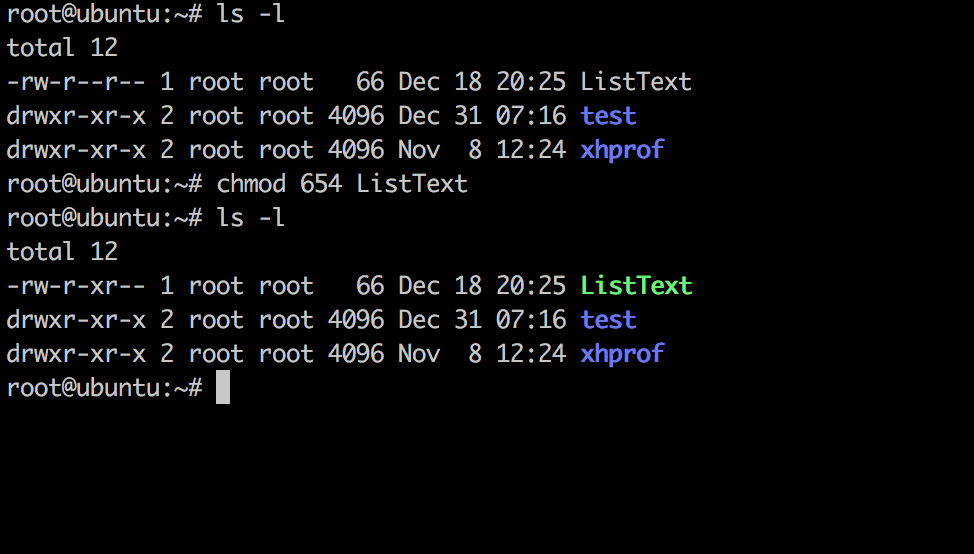
Linux Chmod Command Linuxfordevices

How To Use The Chmod Command On Linux

Chmod Wikipedia
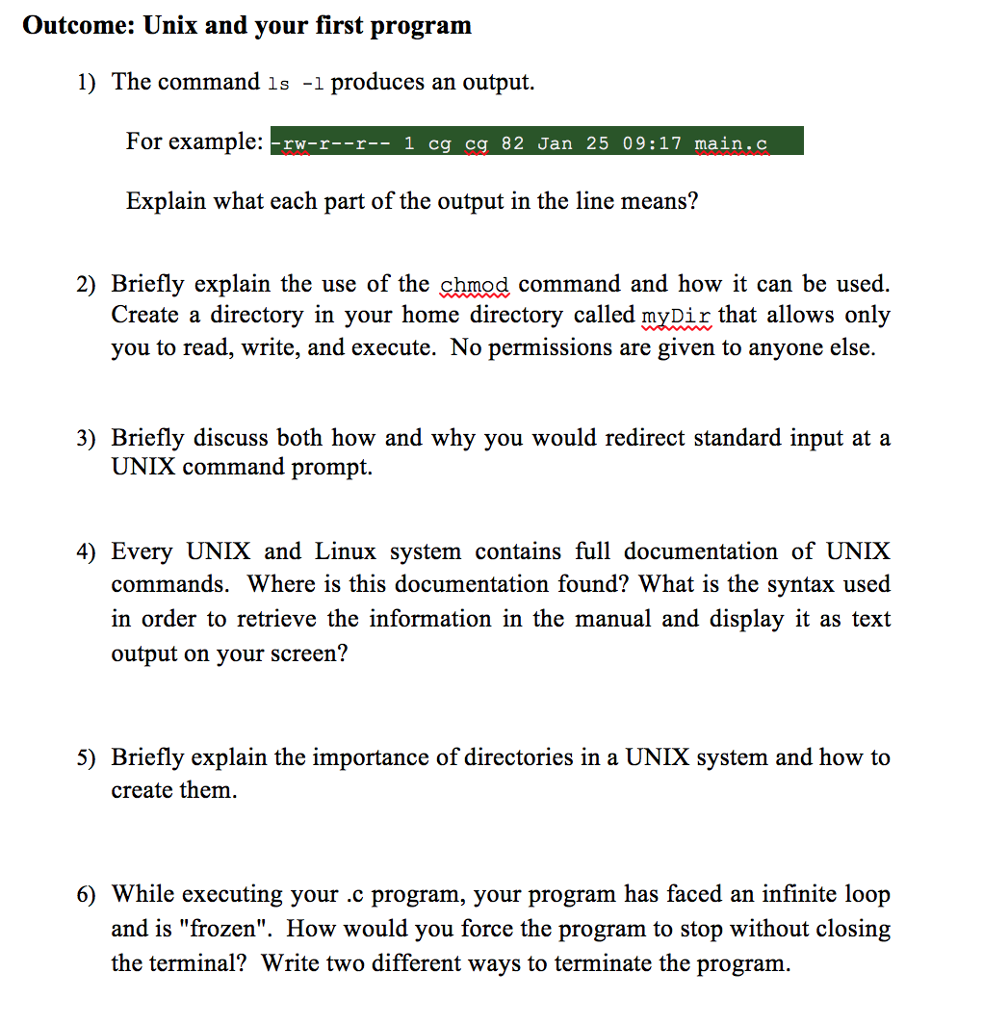
Solved Outcome Unix And Your First Program 1 The Comman Chegg Com

How To Copy File Permissions And Ownership To Another File In Linux

Linux File Permissions And Chmod Doug Vitale Tech Blog

Explained How To Use Chmod Command Complete Guide Youtube
Q Tbn 3aand9gcq1nsq3kxri7ryrifobs2rfobawbv4hezfw9 Ldf4feblahyn09 Usqp Cau

Linux File Permission Javatpoint

Chmod Calculator Chmod Generator Chmod Command
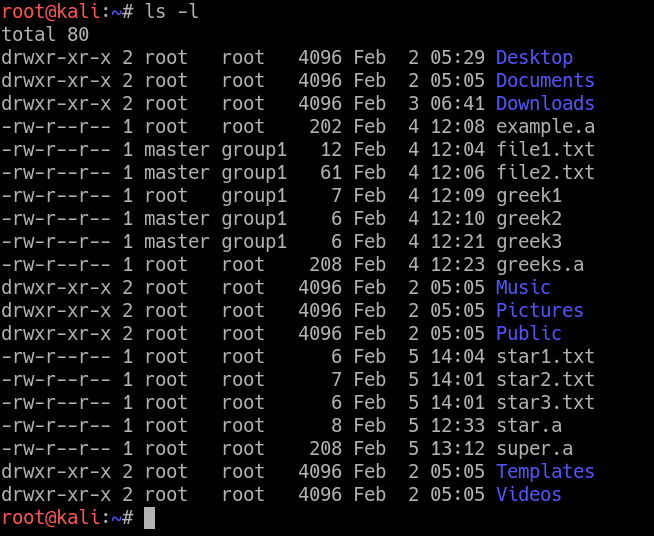
Chown Command In Linux With Examples Geeksforgeeks
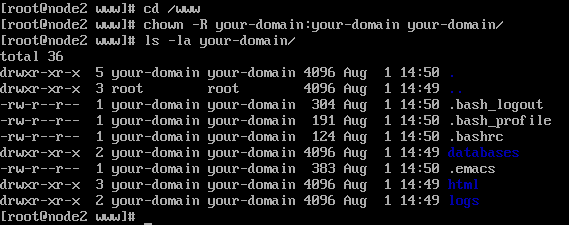
Chown Command In Linux Unix Explained With Examples The Linux Juggernaut

Change File And Folder Permission On Ubuntu Chmod Chown Command In Linux Youtube
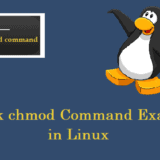
9 Quick Chmod Command Examples In Linux

How To Use The Chmod Command On Linux

Chmod 777 In Terminal The Command To Make All Changes Affect Every File And Folder Ask Ubuntu
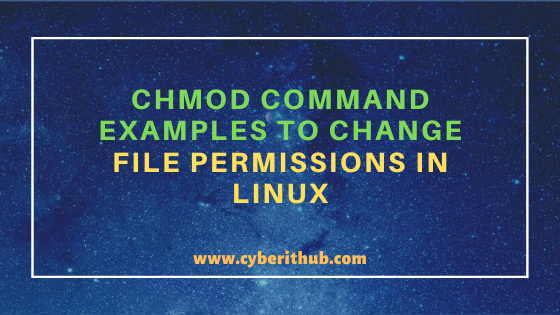
11 Popular Unix Linux Chmod Command Examples To Change File Permissions Cyberithub
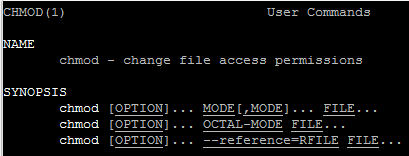
Chmod Command In Linux Alien Coders

Linux Chmod Command Tutorial With Examples To Change Permission Of Files And Folders Poftut
Playing With Linux And Sql Chmod Command Usage And Example
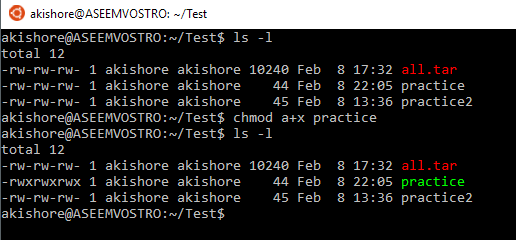
Understanding Linux Permissions And Chmod Usage
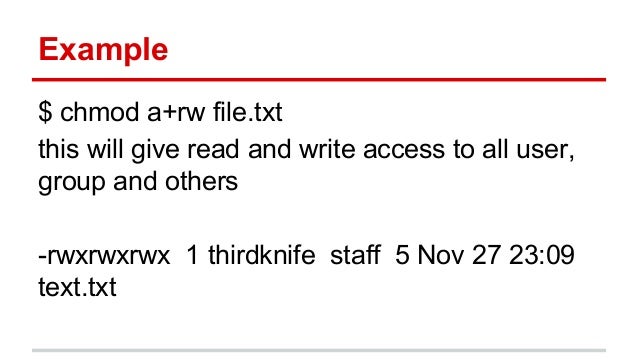
Give Write Access Chmod Command

Permissions In Linux Geeksforgeeks
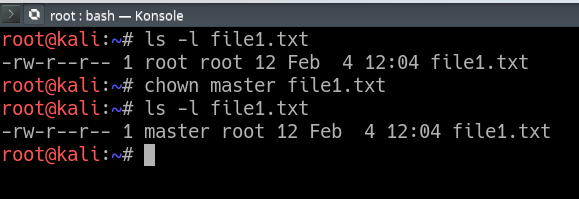
Chown Command In Linux With Examples Geeksforgeeks

Chmod Recursive Change Permissions Recursively On Files Folders
.png)
File Permissions In Linux Unix With Example

Introduction To Linux File Permissions Attributes Chmod Globo Tech

How To Set File And Directory Permission In Linux Using Chmod Linux Syntax Settings

How To Use Chmod Command In Linux Explained With Examples

Chmod Recursive Change Permissions Recursively On Files Folders

How To Use Chmod Command In Linux Explained With Examples

Restore Executable Permission To Chmod Command In Linux Ostechnix
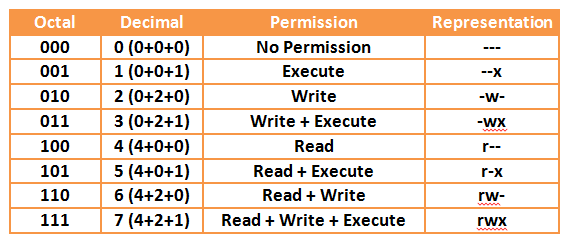
Your Own Linux Chmod Basics Of Files Directories Permissions And Use Of Chmod
Your Own Linux Chmod Basics Of Files Directories Permissions And Use Of Chmod
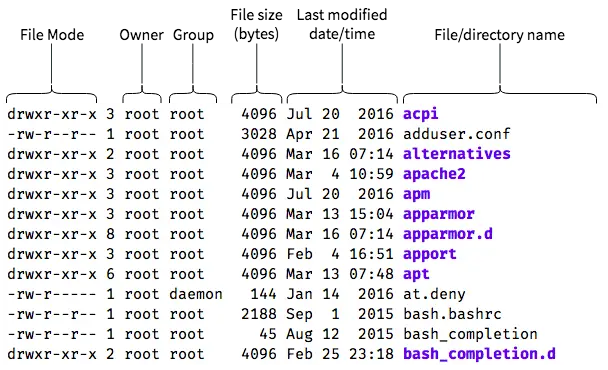
An Introduction To Linux File Permissions Boolean World
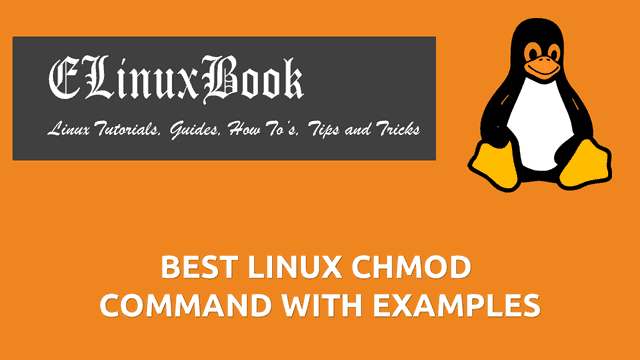
Best Linux Chmod Command With Examples
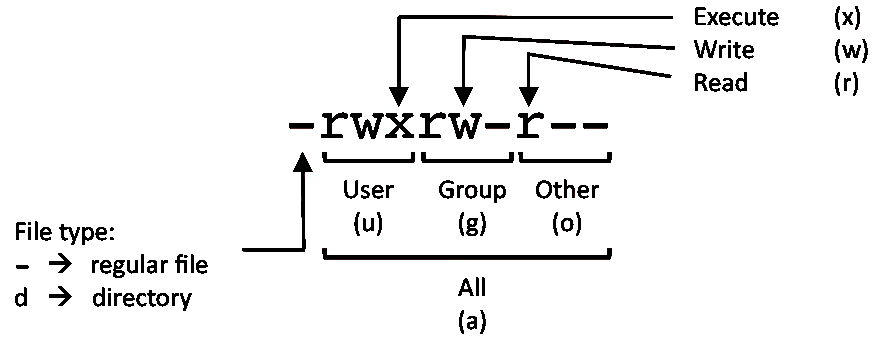
Linux Commands Cheat Sheet Linux Training Academy

Modify File Permissions With Chmod Linode
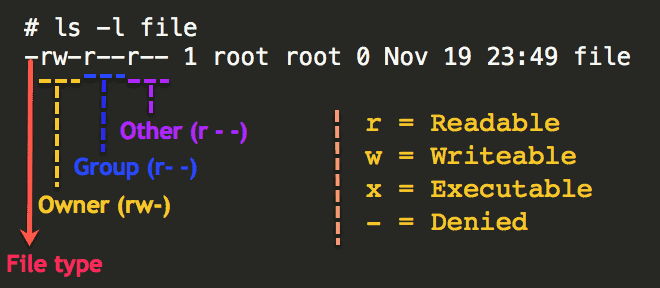
Understanding Basic File Permissions And Ownership In Linux The Geek Diary
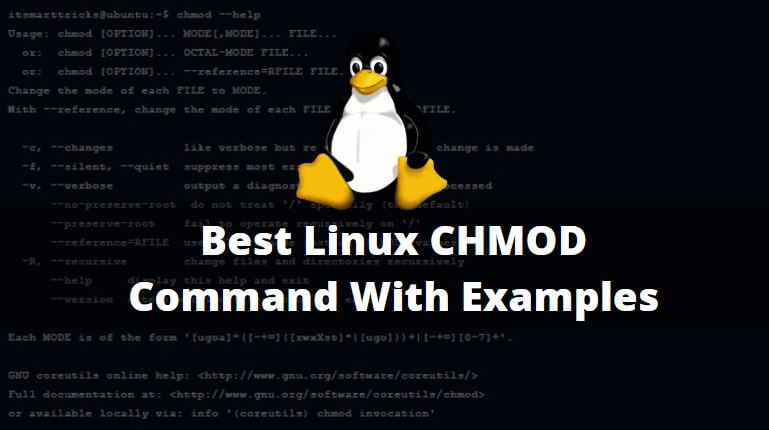
Best Linux Chmod Command With Examples It Smart Tricks

How To Get And Install Linux Games Full Tutorial A K A Everything You Wanted To Know About Linux Games
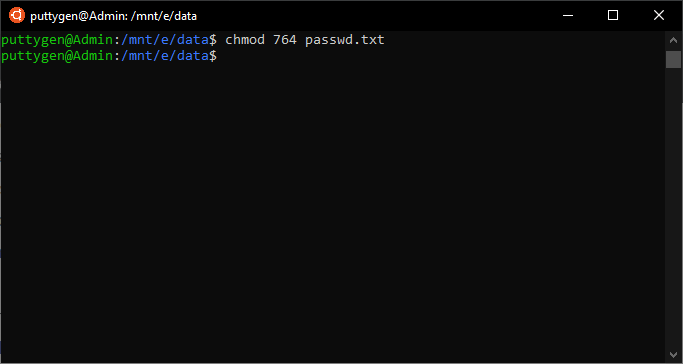
Top 50 Linux Commands With Example

Use Of Chmod Command In Linux Devopsdex

Chmod Command In Unix Unix File Permissions Chmod With Examples Chwn Command Chgrp Command Unmask

How To Use Chmod Command In Linux Explained With Examples
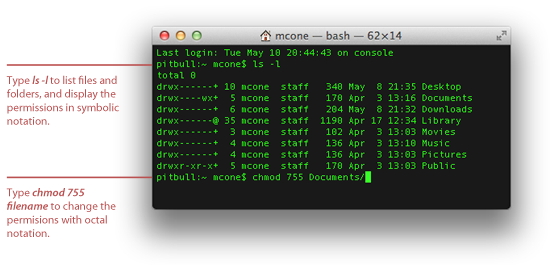
How To Set File Permissions In Mac Os X Macinstruct
1
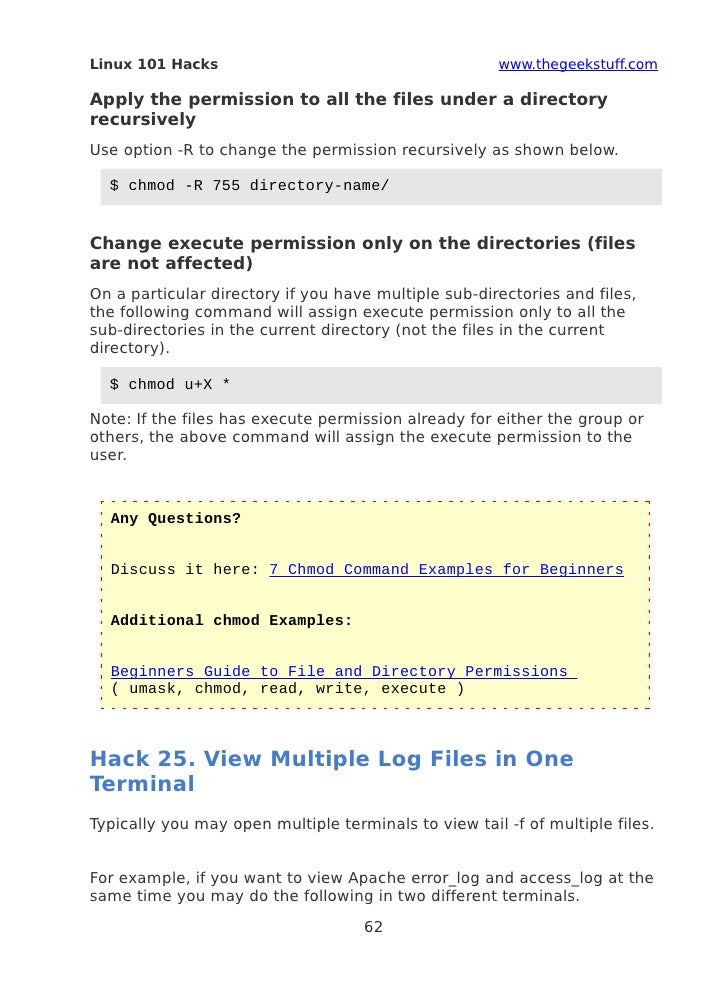
8 Linux Chmod Command Examples To Understand It The Linux Juggernaut
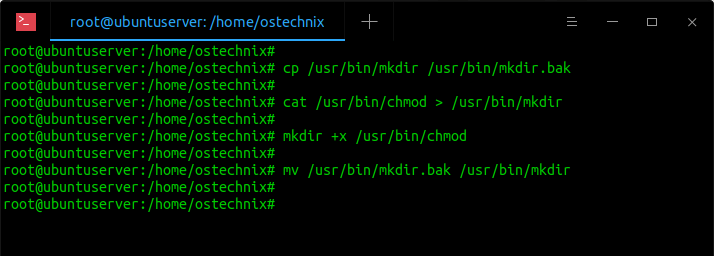
Restore Executable Permission To Chmod Command In Linux Ostechnix

The Basics Of The Chmod Command Pi My Life Up

Chmod 777 Or 755 Learn To Use Chmod Command With Examples
/GettyImages-1021092796-ea8c63ee76f84bd5bf98c4222337fbb4.jpg)
How To Use The Chmod Command In Linux

How To Use Chmod Command In Linux Explained With Examples
:max_bytes(150000):strip_icc()/i7guGwCYcn-34e068e148ae4e918b29c86cd2d5740e.png)
Configuring Unix Linux File And Directory Access Rights

Chmod Command In Unix Learn Unix Online Fresh2refresh Com

Linux File Permissions Complete Guide Devconnected

Understanding Linux Permissions And Chmod Usage
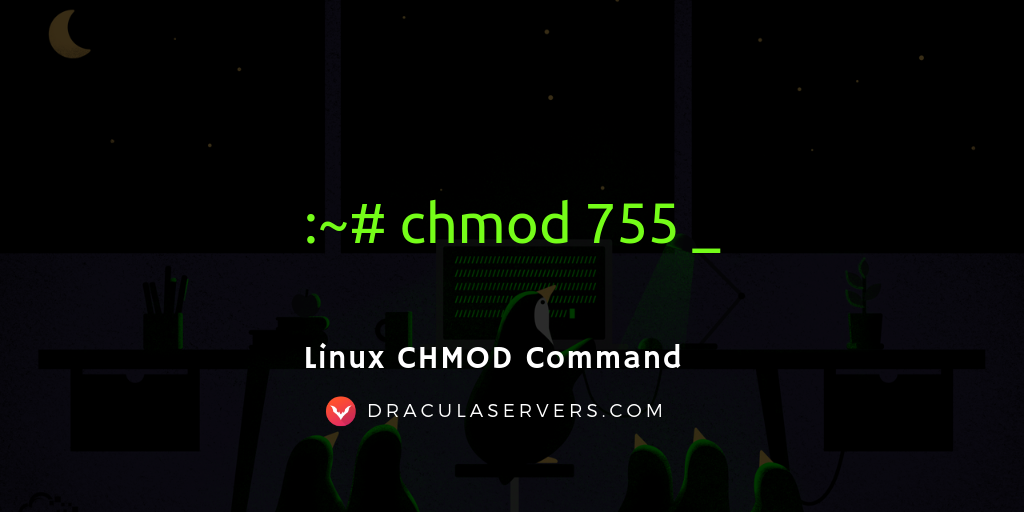
Linux Chmod Command Dracula Servers Tutorials

Linux Ftp Command Examples
Q Tbn 3aand9gcr2lfpzbutqythmvbwafnxvyggqfj7hnw6fhh Kcozkk8m5 V7o Usqp Cau

Linux Chmod Command Help And Examples

Linux And Unix Chmod Command Tutorial And Examples Xsofthost

How To Change File Permissions Recursively With Chmod In Linux
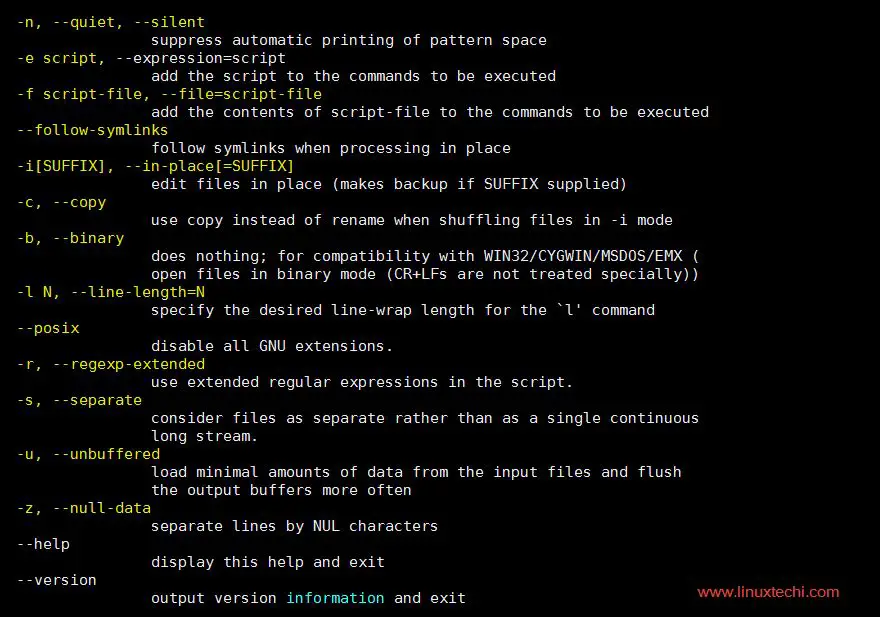
Sed Stream Editor Command Examples For Linux Users

Use Of Chmod Command In Linux Devopsdex

How To Use Chmod And Chown Command In Linux

Basic Commands In Kali Linux Learn Penetration Testing

Chmod Command Examples In Unix Linux Lpi Central

9 Quick Chmod Command Examples In Linux Summary Networks

Introduction To Linux File Permissions Attributes Chmod Globo Tech

Chmod Command In Linux File Permissions Linuxize
.png)
File Permissions In Linux Unix With Example
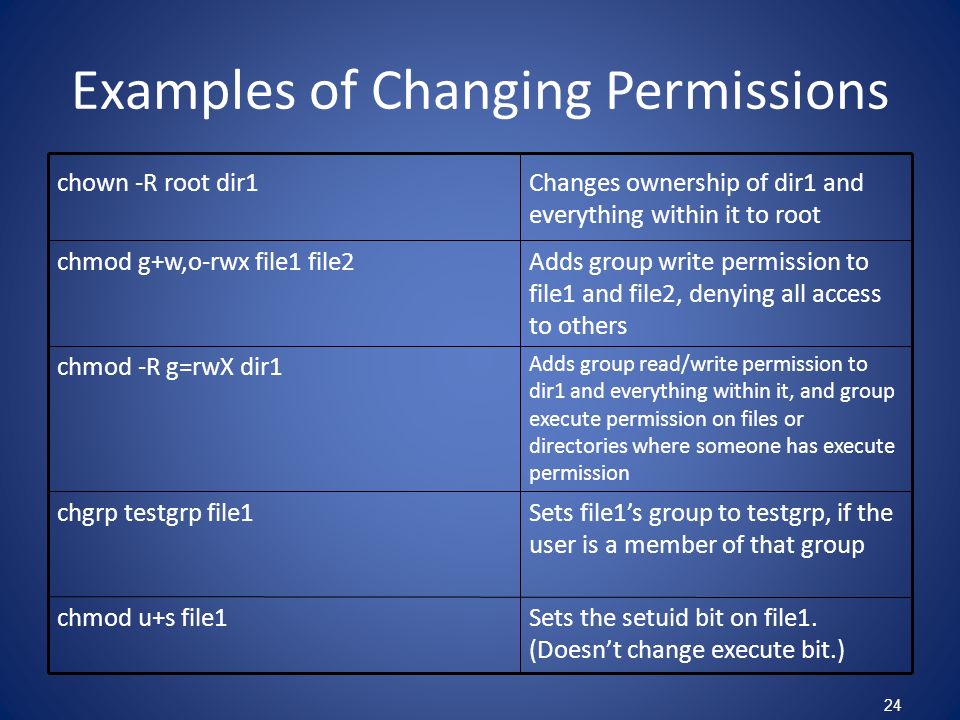
Permissions Why Use Chmod Instead Of Chmod U Rw Go R Unix Linux Stack Exchange

How To Use Chmod Command In Linux Explained With Examples

Setting File And Directory Permissions Computational And Information Systems Laboratory

Umask Wikipedia
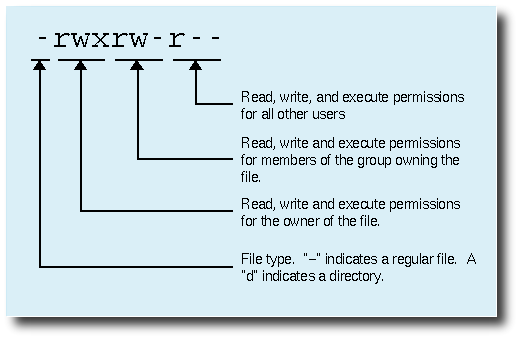
8 Linux Chmod Command Examples To Understand It The Linux Juggernaut

Workbook 4 File Ownerships And Permissions Ppt Video Online Download

How To Use The Chmod Command On Ubuntu 16 04 18 04 With Examples Website For Students
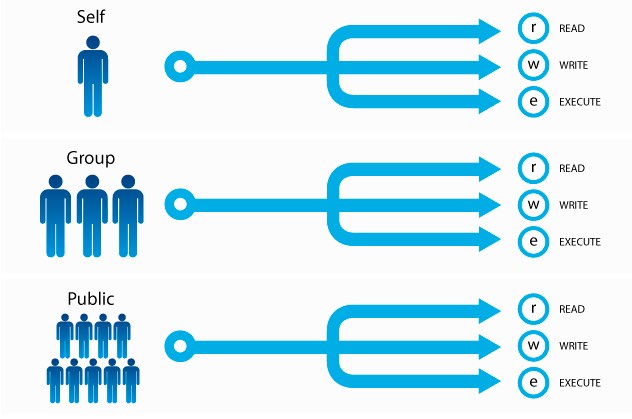
7 Examples Of Command Chmod On Linux And Explanation

Chmod 777 What Does It Really Mean Make Tech Easier
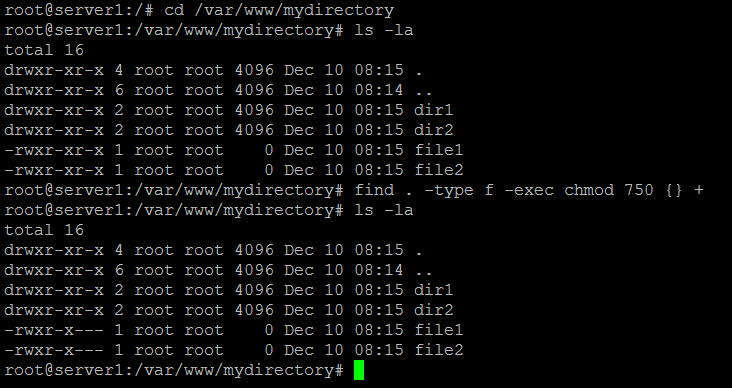
How To Chmod Files Only On Linux
Q Tbn 3aand9gcs J72hjomdluhqe6xjivy M6yrjmkqx9x3z3ps Rpnb8by3w7z Usqp Cau
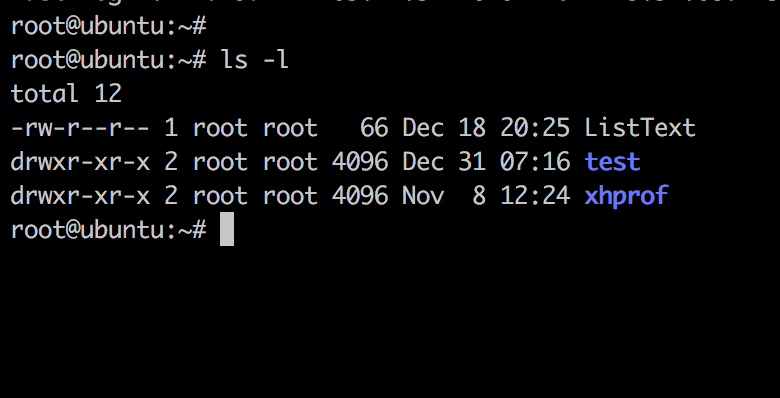
Linux Chmod Command Linuxfordevices

Linux File Permissions Tutorial How To View And Change Permission

Linux Chmod Chown Syntax And Chmod Chown Examples
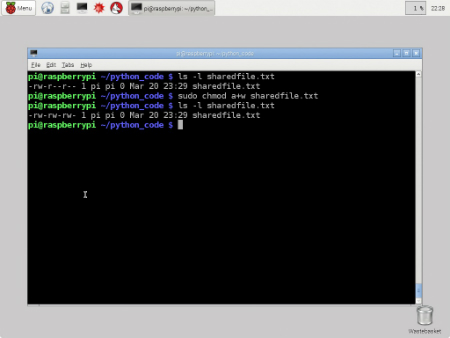
Working With File Permissions On Your Raspberry Pi Dummies

Linux Unix Changing Permissions With Chmod Vinish Kapoor S Blog
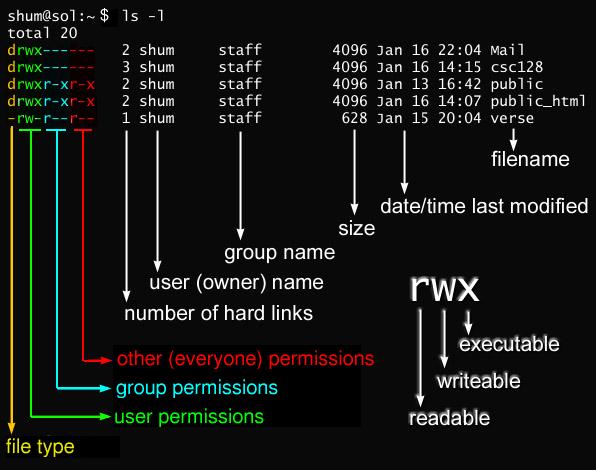
Javarevisited 10 Example Of Chmod Command In Unix Linux

Chmod Command In Linux With Examples Geeksforgeeks

Linux File Permissions Tutorial For Beginners

Linux Terminal File Permissions Chmod Chown And Chgrp Youtube

Linux Chmod Example Linux Hint



